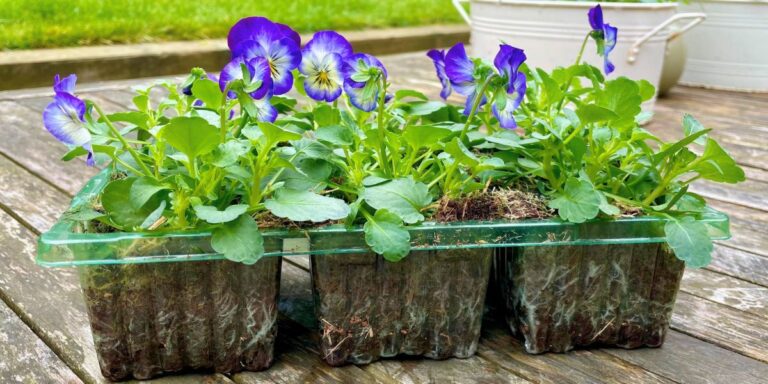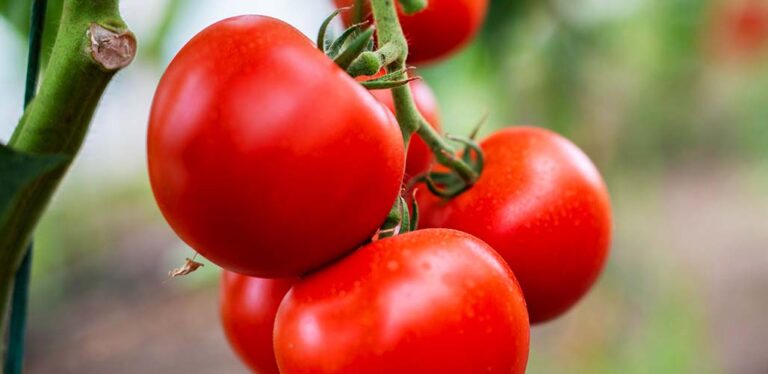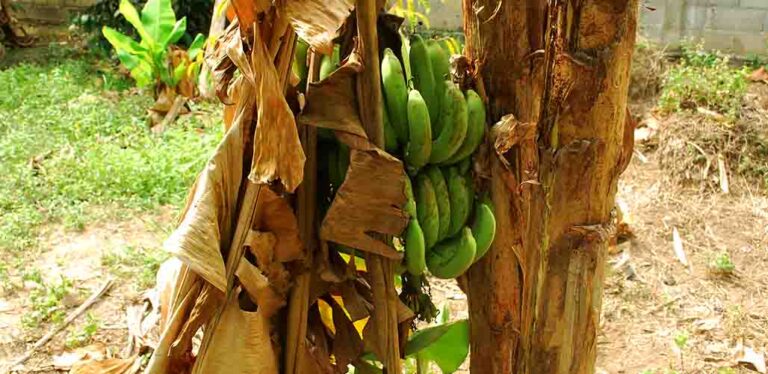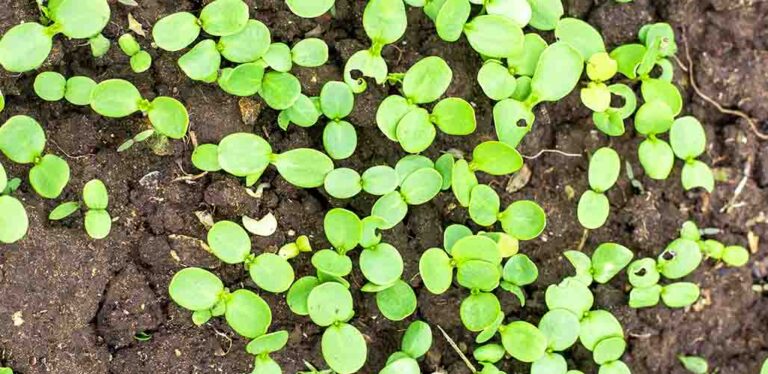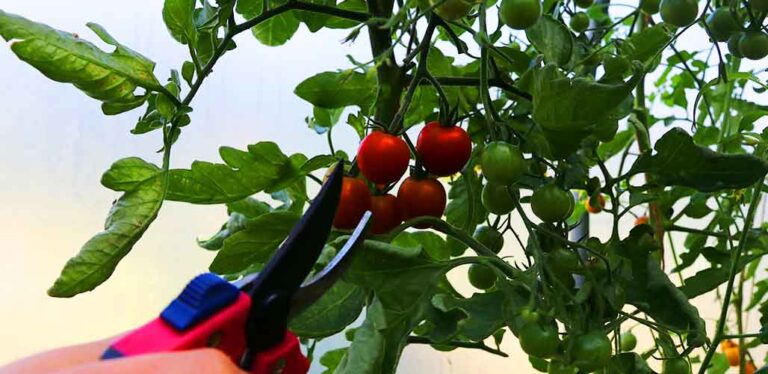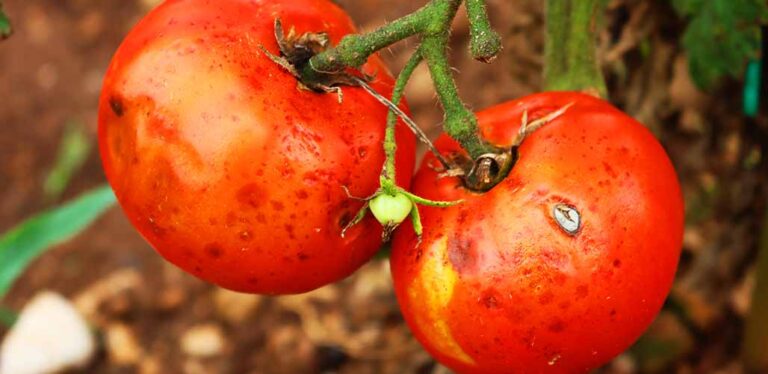Are Microgreen Seeds Different From Regular Seeds?
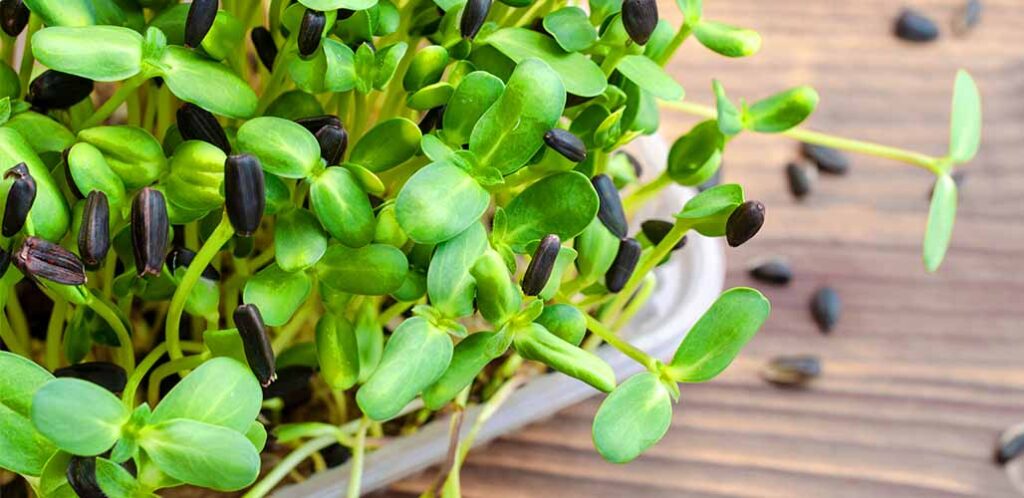
Germinating microgreens on the kitchen window sill is one of my favorite ways to get a fast fix of food growing satisfaction. Not only do they go from dormant seed to ready-to-harvest in a matter of days, but they taste delicious and they’re densely packed with nutrients. Like lots of people, I grew my first little tray of microgreens using leftover seeds from a packet I’d bought for planting. But now, I tend to buy seeds specifically sold for growing microgreens. So are microgreen seeds different from regular seeds? The answer is yes, and no. Whilst they have some fundamental things in common, and regular seeds can definitely be grown as microgreens, there are some ways in which seeds specifically sold for growing microgreens are sometimes different.
Contents
- Microgreens 101
- Are microgreen seeds different from regular seeds?
- Differences in microgreen seeds
- Can microgreen and regular seeds be used interchangeably?
Microgreens 101
Microgreens are, very simply, the seedlings of plants we usually eat fully grown. Depending on the species, microgreens are usually harvested as soon as the first true leaves appear. Some species are harvested even sooner, when only the seed leaves have opened, but aficionados will tell you these are technically sprouts, not microgreens.
Microgreens first started to catch the imagination of chefs and food lovers back in the 1980s, and it wasn’t long before they transformed from a niche ingredient into a mainstream one. Undoubtedly, their success is partly due to their superfood reputation. The vitamins, nutrients and antioxidant compounds in microgreens are much more densely concentrated than in fully grown plants of the same species. But it’s also because they’re so easy to grow at home, in a tiny amount of space and with little or no investment in new equipment. And there are lots of types to experiment, all with their own unique flavor.
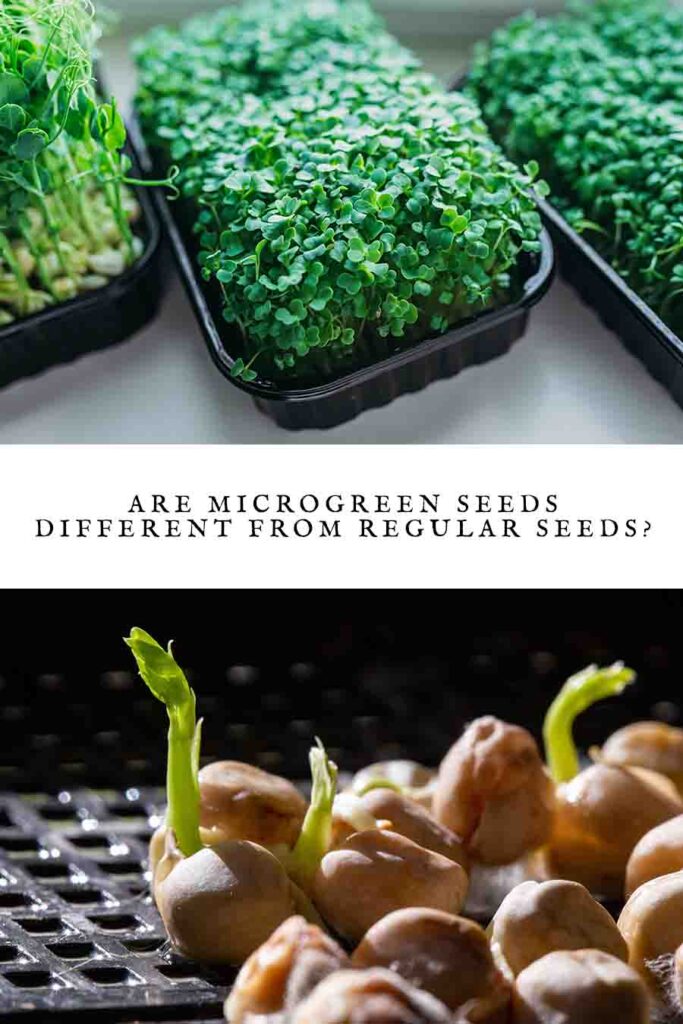
Popular microgreens
Popular species grown as microgreens include:
- Aragula
- Beets
- Basil
- Chard
- Cilantro
- Dill
- Leeks
- Lentil
- Nasturtium
- Peas
- Spinach
- Wasabi
- Wheatgrass
And some popular species grown as sprouts include:
- Alfalfa
- Broccoli
- Mung beans
- Mustard
- Pinto beans
- Radish
- Soy beans
If you’ve ever considered growing any of them, you’ve probably noticed that you can buy seeds which are specifically labeled as ‘microgreen seeds’. So what makes these different from regular seeds?
Are microgreen seeds different from regular seeds?
At a fundamental level, there’s not a lot of difference between microgreen seeds and regular seeds. If we take cilantro as an example, both types of seed are going to belong to the species Coriandrum sativum. And you could grow either type as either microgreens or full size plants. In fact, one of my favorite things about growing microgreens is that it helps to eliminate wastage of regular seeds. No longer do I leave them to go out of date in the packet – any spares go into one of those plastic fruit trays from the grocery store, for an early harvest of microgreens a week or so later. So what is different about the seeds retailers offer as microgreen seeds, or is it all just a marketing ploy?
Differences in microgreen seeds
Packets of microgreen seeds can differ from regular seeds in a small number of ways:
- Volume
- Variety
- Uniformity
Volume
Perhaps the biggest difference, if you can count it as one, is volume. Since microgreens are harvested at a tiny size, growers need to germinate far more of them. If we continue with our cilantro example, regular seed packets typically contain about half a teaspoon of seeds, or roughly 150. And most of us would be hard pressed to find uses for 150 fully grown cilantro plants, so that’s more than enough potential full sized plants. But, if you harvest the same packet as microgreens, those 150 seeds won’t go far. So, retailers sell seeds for microgreens growers in larger volumes – anything from an ounce to two pounds!
Variety
Sometimes, seed producers also use specific varieties of species for microgreen seeds. Taking our cilantro example again, whilst all cilantro seeds belong to the same species, growers have refined them into numerous different varieties, each with distinct traits. In fact in the UK, the Royal Horticultural Society recognizes 11 distinct cilantro varieties. Some varieties have traits which make them especially suited to growing into full size plants, such as large leaves, high drought tolerance, or resistance to bolting (running to seed in hot weather). And others have traits which make them better suited to selling as microgreens seeds.
For example, the variety ‘Moroccan’ produces minimal foliage, runs to seed very quickly, and produces relatively large volumes of seed. This is ideal for seed producers to collect and sell specifically as microgreen seed, since the grower won’t be interested in producing lots of foliage, only the first true leaf. And the retailer can afford to price large quantities of the seed competitively, because lots of it has been produced.
Uniformity
Finally, when you buy a specific variety of regular cilantro seed from a store or nursery, every seed in the packet should, of course, belong to that variety. And the plants they produce should all be matching and have a uniform appearance. But, since the difference between varieties doesn’t usually become apparent until the plants are fairly mature, it doesn’t matter at the microgreen stage if a packet contains a mix of seeds from different varieties. What’s more, keeping specific varieties isolated and preventing cross contamination during seed production is time consuming and costly. Doing away with it means that seed can be produced – and sold – more cheaply. Perfect for growers who want to buy a lot at once. And indeed, anecdotes from growers who have experimented with growing microgreens seed to maturity have reported that the mature plants from a single packet were remarkably variable!
Are microgreens seeds different from regular seeds – summary
Microgreen seeds and regular seeds for the same plant belong to the same species, and are largely the same. But, the might belong to different varieties, and packets of microgreen seeds might contain a mix of varieties. Regular seed can definitely be used in place of microgreen seed, but your harvest will probably be small. It’s a fun way to find out which microgreens you most enjoy though! Using microgreens seed in place of regular seed is more risky – the results are more likely to be variable and disappointing.
If you’ve ever used either type of seed as a substitute for the other, let us know how you got on in the comments box down below!

